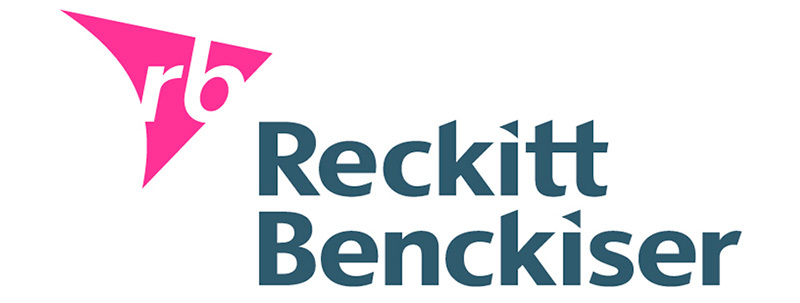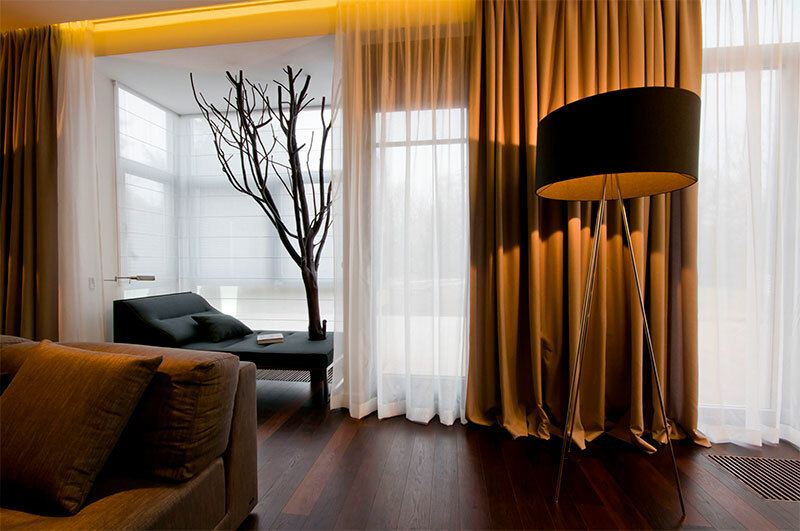Any situation needs special zones where people will focus their attention. even refined interior picture looks too boring without bright spots. Accent area are made to achieve two effects:
- Divert attention from the shortcomings of the room and concentrate it on the merits;
- Create point-benchmarks for "clues" look.
Continuous space is always perceived visually difficult. Sensation featureless, monochromatic composition bores. Focus on individual parts of the interior in several ways:
- Light accentuation. Spectacular lighting unobtrusively show where those areas are the most important;
- Color. With the help of a number of principles combinations create the background and bright spots on it;
- Unusual shapes. Sharp corners in a "smooth" the interior dragged to his opinion, as are contrasting elements out of the general stylistic pattern;
- Texture. Relief perhaps the most reasonable way to create organic accentual zone.
Highlighting of the most difficult. The reason for this was a special "power" colors of the human subconscious. Carefully and quietly paint palette can control the mood and desires. It is not surprising that the black-and-white kitchens loss of appetite, and from the living room in brown and red colors with yellow wants to escape. Let's talk about the concepts of color combinations.
Content
-
Accents in the interior: choose color
- Scheme "cold heat"
- Scheme "Additional"
- Scheme "Similar"
- Accents in a neutral interior
- How to strike a balance
- That can be used as a bright accent
- conclusion
Accents in the interior: choose color
Under color accents involve elements of design paintings that fit into the overall design palette. Most often, in their role as advocates decor, but sometimes full of furniture items can compel attention. Choosing paint palette depends not only on the will of the owner, but also on the size of the room, lighting features, stylistic solutions. The latter should be taken into account if not used a medley of directions, and a particular style with the features and the scope of its characteristic. So, in minimalism to black-and-white background with gray accents chosen on a "neutral interior." Absolutely any sound made by a light on the canvas of the situation will be visible and bright. In Provence, where the white flooring are combined with the same furniture, or in the high-tech color accents chosen by the same principle. The darker shades of the classic style or Art Deco with a game of tones is recommended to be careful, because such interior is not all endure. If you are confident in the integrity of its taste, the combination of colors can be selected intuitively. But still recommended to use one of the conventional schemes. Underlying each is a certain principle.
See also:color of the floor and the doors in the interior - a combination of colors

As for the compatibility of color solutions to the dimensions of the room, it is not recommended to overload the dark accents of small rooms. In small spaces used interiors in bright colors (plenty of white and pastel shades). To add visual room extra meters emphasis should be done on the principle of light color transitions, not contrasting borders.





Scheme "cold heat"
Depending on the psychological perception of the colors are divided into warm and cold. The former include blue, green, purple, turquoise, purple and blue, while the second - red, yellow, orange, pink. The basis of the principle laid down in contrast color combination. For example, all the furniture is made out of the room in shades of a single "Temperature". Will focus on the details, which are made in colors that are on the other side of the notional axis of the color spectrum. Tint the picture is an organic and well-balanced, as opposed colors complement each other.






Scheme "Additional"
The principle involves the use of supplements in the interior of the main pair of shades. One of them added to the contrasting tone, which is located directly opposite on the spectral circle. For example, prevail in the interior pink and orange shades to their balance and added to dilute the accentual blue or blue. If the situation drags on "cold" (blue, purple), then they make out details in shades of brown or yellowish gold. A similar color scheme is bright and slightly aggressive decorates the interior, so it is not recommended for use in lounges: nursery, bedroom.






Scheme "Similar"
This principle of combining different relative peace and neutrality. The color temperature of the room remains almost unchanged, as a primary or complementary shades choose the nearest "neighbor" in the spectrum. The boundaries of the background and accent areas will have a transitional character, instead of sharp contrasts. Recommended in a similar manner to draw bedrooms and lounges.
See also:Aquamarine






Accents in a neutral interior
If the color scheme of the room is made up of brown, black, white, gray, beige shades, it is safe to enter accents absolutely any colors of owners choice. But not necessarily limited to just one goal. Possible to use several colors, but only after a preliminary assessment of the congestion tone of the room. For example, in a monochrome room can be safely add even two or three accent. In the interior, which already combine brown, beige, black and white is not recommended to overload situation has a pair of complementary shades.

Before you buy decor carefully weigh the degree of compatibility with each other accents. Perhaps one can completely drown out the second, thus putting into question its use. It is desirable that both shades are of equal intensity.





How to strike a balance
To background and accents harmonize with each other, it is necessary to comply with the norm of relations. Such things usually "golden section", adapted for interior composition. As for the ratio of three colors:
| Main | Its percentage should not exceed the mark of 60. |
| Secondary | This is not the focus, but only supplement that helps to display the primary color depth. It accounts for not more than 30% of the composition. Selected color, usually of "neighbors" in the spectrum of the pitch. |
| accents | The bright spots in the interior should not occupy more than 10%, otherwise their oversupply negatively affect the perception of the room. |





This rule does not apply to all surfaces. Designers do not usually take into account the tree or imitating his material. They are regarded as a neutral background. We are talking about a classic natural shades wood (oak, pine, wenge), not plastic panels whose surface replicates the texture of the original, but is painted in acid colors. The situation is similar with white plastered ceilings and walls. They were simply thrown out of the color composition as a solution "puzzles" with so much background-neutral will inevitably lead to incorrect results and impaired composition.






That can be used as a bright accent
In the role of advocate accent any decor items or basic conditions. Interior painting is usually "grind" through:
- Textile. Option that allows you to focus not only on account of color or pattern, but also texture. The main advantage lies in its fabric substitutability. You can completely change the accents in the room, if you have had enough of the current. Fabrics allow, without prejudice to the purse to experiment even with those colors that easily get bored;
- Decor. Their role can be any interior object, the main purpose of which - to decorate a room themselves;
- furnishing items. With these objects and brightness better be careful, since similar colors nevertheless recommend administered strictly dosed into the room. For this reason, such as a sofa, it is better to choose is not entirely red, and with catchy legs and armrests. The best is the use of modular furniture, which are painted in bright colors only parts of it;
- Accent areas. Under this concept usually mean the whole area, which is given to "the mercy" of the decorative element. In the role of accent areas can act wall, podium, a separate corner of the room.
See also:Pistachio color in the interior and on the combination of photo





In the living room accents are mats, sofa cushions, blankets, curtains, vases or boxes on the shelves, lamps, chandeliers and parts of shelves or coffee tables. The kitchens interior polished due bright aprons, glassware, houseplants, cloths (for dining area), curtains and table tops. The bedroom is usually all accents focus on the wall at the head of the bed. The result is that the bright colors on the palette is, but sleeping people they do not notice that accordingly does not interfere with sleep. Also in this room is used flashy curtains, cushions, bedspreads. The hallways are limited to a couple of pictures on the walls, the carpet under the door and seats for pereobuvaniya. In children's rooms bright colors used throughout: the more colorful environment (within the measure of course), the more the child develops.






conclusion
Bright accents are essential in the design of the interior of a city apartment or a private house. It does not matter what type of your home and where it is located. If the time people will spend it, then the situation should be snug. And it without observing the color balance (von accents) can not be obtained.



